Nakayama is in between Narita And Haneda International Airport
<クッキーについての同意並び欧州居住者向けプライバシーポリシー>
中山・下総・散歩道
Myohokkesan Senyoji Temple in Kitakoiwa Edogawaku
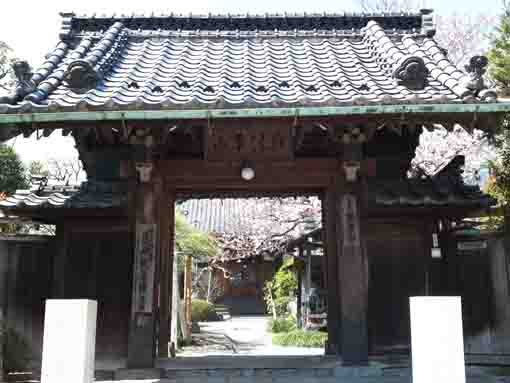
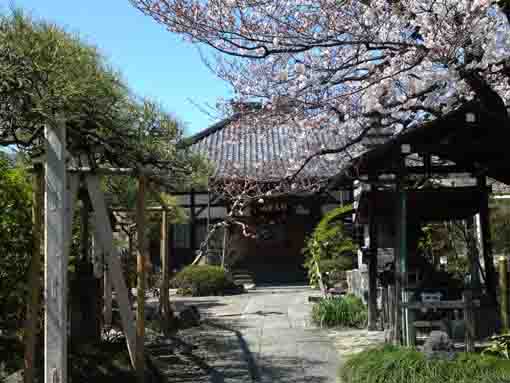
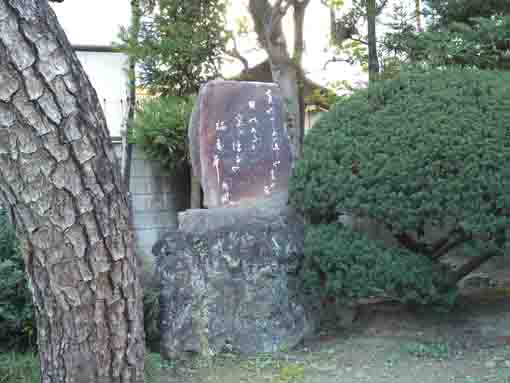
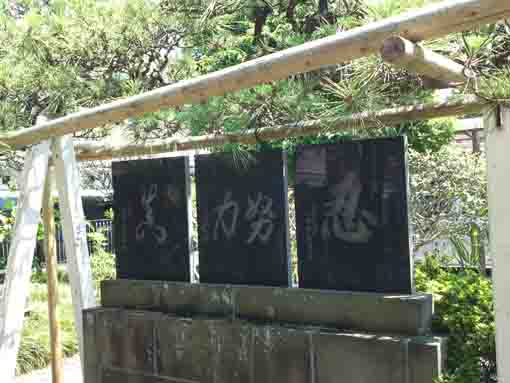
Myohokkesan Senyoji Temple is an old temple in Kitakoiwa Edogawaku was built in early Muromachi period. The principle image is Higiri Mangan Nichiren Daibosatsu carved by the venerable Nichijo, the first abbot of Nakayama Hokekyoji Temple. It has a stone tablet with Kafu Nagai's tanka poem 'Fukujuso (an amur adonis)' on its surface. And a set of stone tablet that has the 25th Shonosuke Kimura's (the name of the famous Sumo referee) letters scribed on is under an old pine tree called Zuiho no Matsu standing along its approach road. In spring, some cherry blossoms decorate the views in the temple. Why don't you visit Senyoji Temple?
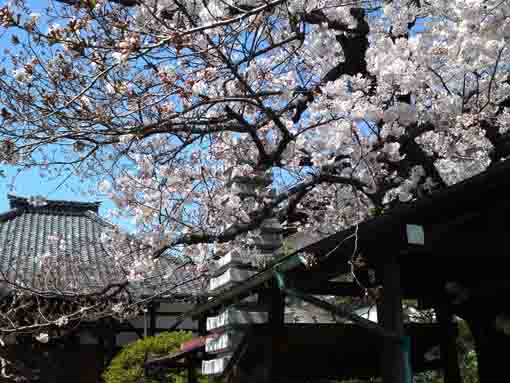
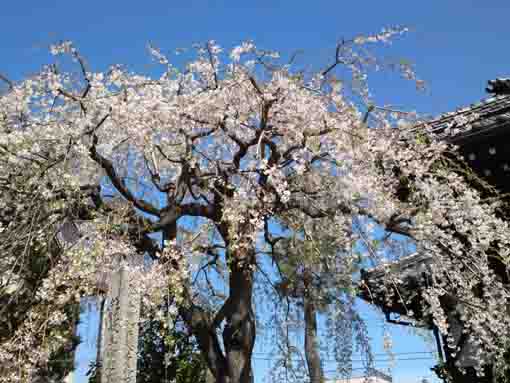
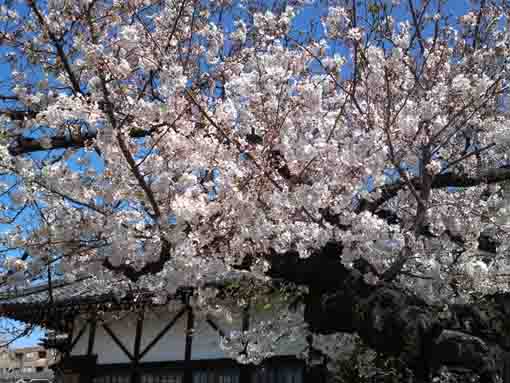
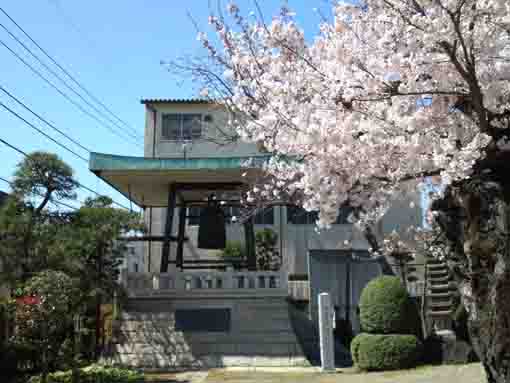
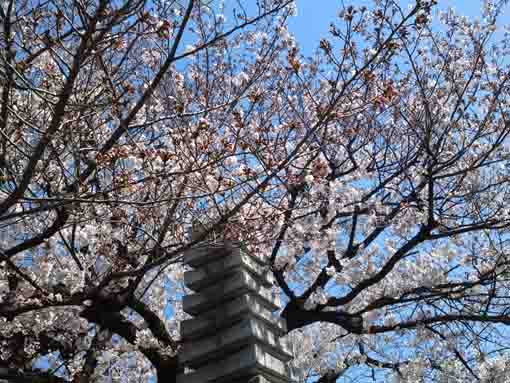
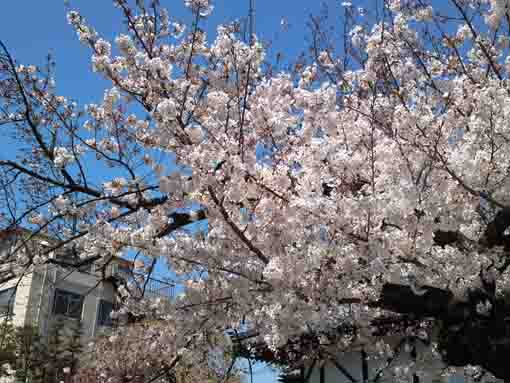
Myohokkesan Senyoji Temple
Senyoji
Senyoji is a temple belonging to Nichiranshu and is named Hokkesan. In 1370, the venerable Nichiyu, the 3rd abbot of Nakayama Hokekyoji Temple, built this temple. The principle image is the statue of Higiri Mangan Nichiren Daibosatsu carved by the venerable Nichijo. He completed this sculpture at the end of the 100 days preaching by the Founder Nichiren in his castle. He wanted Nichiren to stay his house long, and Nichiren consecrated it as the day of the completion.This sculpture is sometimes called Higiri Soshi. Senyoji Temple preserves printing blocks of Hokekyo Niju Hachi Hin Omikuji carved in 1840 and Ryaku Engi (the short history) carved in 1859.
The bell in Senyori Temple was cast by Sadaatsu Fujiwara. And the old pine tree beautifully stretching to the main gate is named Zuiho no Matsu.
■The Signpot to Taishakuten in Shibamata
It was registered as a cultural and historical asset of Edogawaku in February 1986. It is a 130 centi-meter tall signpost having stood at Sakura Michi (Chiba Kaido) built in 1833.
November 2001 Edogawaku
妙法華山宣要寺門前案内板より
出典・抜粋・引用および参考
妙法華山宣要寺門前案内板
The Access and the Location to Myohokkesan Senyoji Temple
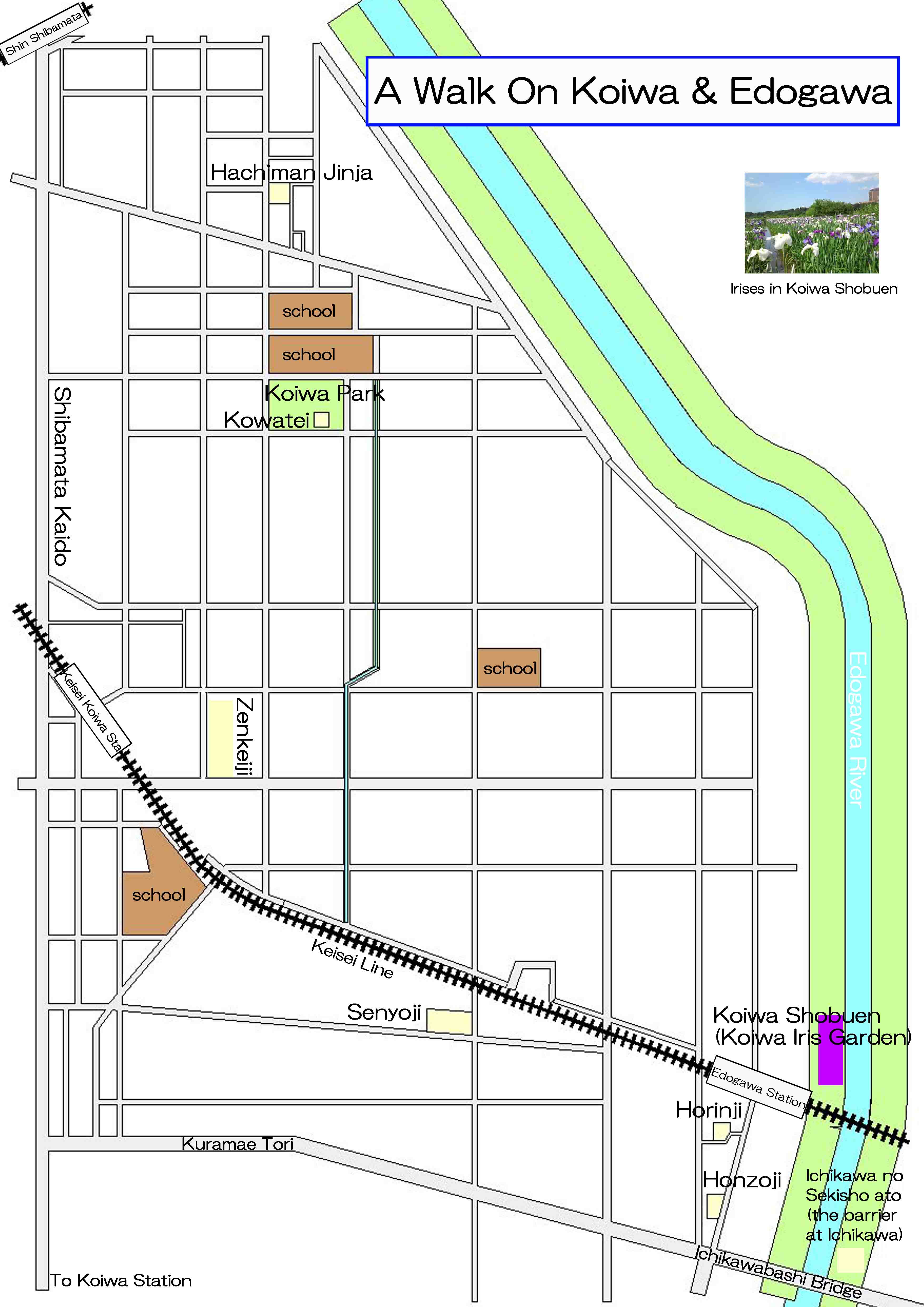
The map to the noted spots near Keisei Koiwa and Edogawa Station
PDF of the landmarks near Keisei Koiwa and Edogawa StationMyohokkesan Senyoji Temple
- Myohokkesan Senyoji Temple has great accessibilities from both Narita and Haneda International Airport.
- From Narita International Airport, take Keisei-line and get off Keisei Koiwa Sta or Edogawa Sta, take minimally 50 minutes from Narita Airport. And also take JR Sobu express line, transfer the line at Funabashi to Sobu Local line, get off Koiwa Sta.
- From Haneda International Airport, take Keikyu-line bound to Narita, and get off Keisei Koiwa or Edogawa Sta.
- From Tokyo Sta, take Sobu Express line bound to Chiba or Narita, transfer the line to Sobu-Local line bound to Chiba, Tsudanuma, or Nishi Funabashi at Shinkoiwa Sta, get off Koiwa Sta.
- From Akihabara Sta, take Sobu line bound to Chiba, get off Koiwa Sta.
- Take 7 minute walk from Keisei Koiwa Sta, take 9 minute walk from Edogawa Sta, and take 13 minute walk from Koiwa Sta.
- 2-37-5 Kitakoiwa, Edogawa-ku, Tokyo
The Noted Places on the Diary Written by Nagai Kafu
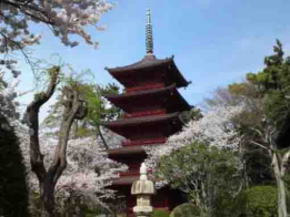
Nakayama Hokekyoji Temple
Kafu Nagai visited it and wrote it on his diary several times.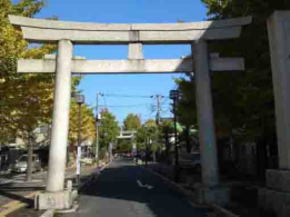
Katsushika Hachimangu Shrine
Kafu Nagai visited it in May 8th and 9th 1946 and wrote it.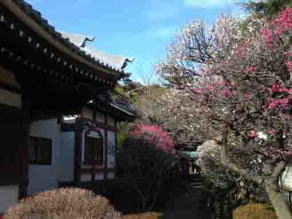
Oku no in of Hokekyoji Temple
Kafu visited it in December 4th of 1946.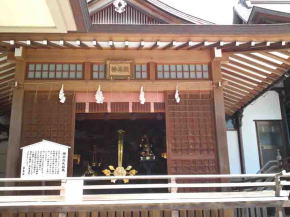
Kaguraden Hall in Katsushika Hachimangu Shrine
Kafu visited it in May 9th, 1946.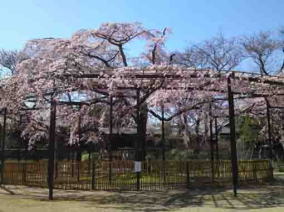
Myogyoji Temple
Kafu visited it in November 30th of 1946 and saw the sculptures on the gate.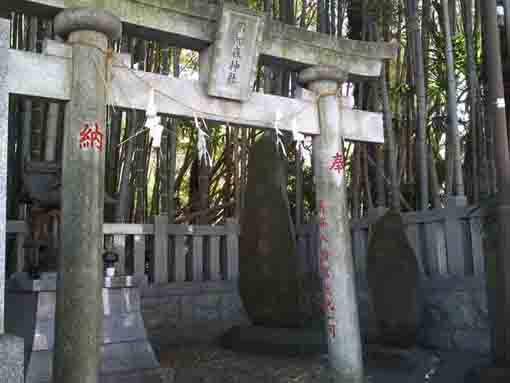
Yawata no Yabushirazu Shrine
Kafu visited this famous shrine in May 8th of 1946 and wrote it on his diary.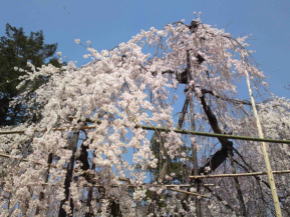
Mamasan Guhoji Temple
Kafu wrote a tanka poem at this temple in spring.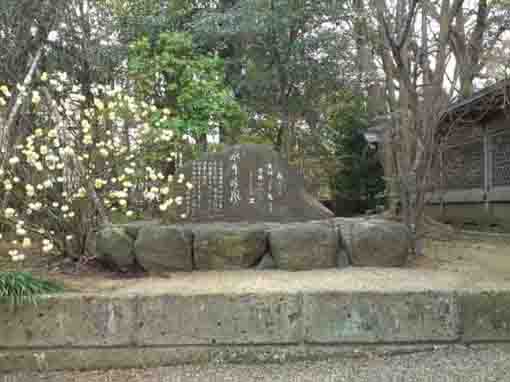
Shirahata Tenjinsha Shrine
A stone tablet inscribed with a sentence from his diary.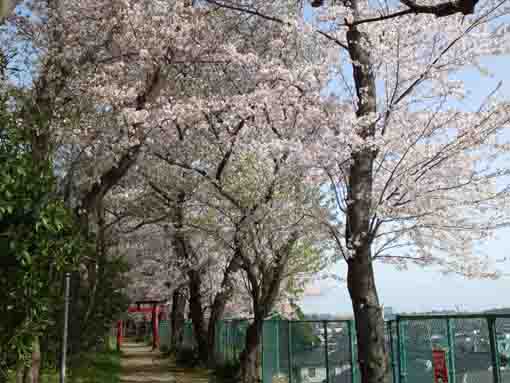
Shirahata Jinja Shrine
The shrine standing on the cliff having some cherry blossoms along its approach.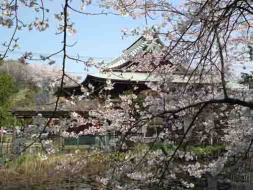
Tekona Reishindo Hall
Tekona is a legendary beauty appeared on Manyoshu and many poets wrote her in their works.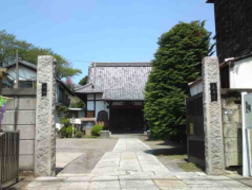
Kameiin Temple
Hakushu Kitahara once lived and the temple has a famouse well named 'Mama no I' in its site.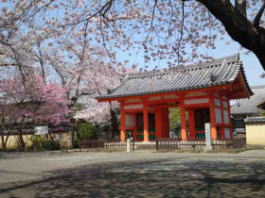
Kokubunsan Kokubunji Temple
This temple standing on the remains of Shimousa Kokubunji Temple built in Nara period.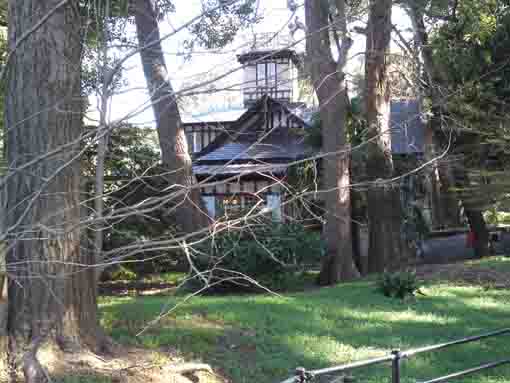
Kiuchi Gallery
Kafu wrote of this old house in March 18th of 1946 in his diary.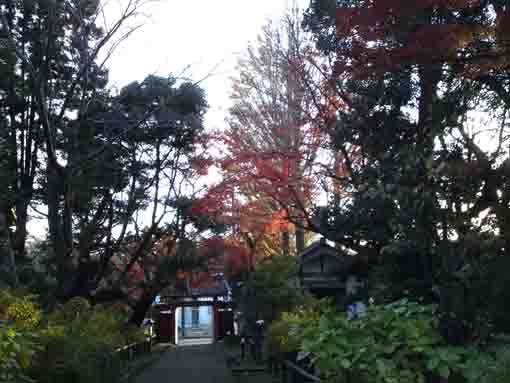
Ekoin Branch Temple in Ichikawa
Kafu wrote of it in September 12th of 1946 in his diary.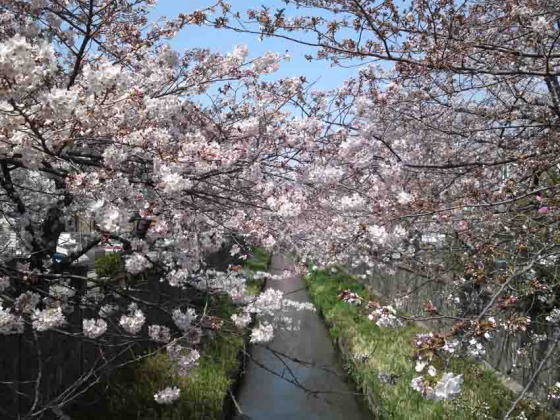
Mamagawa River
Kafu sometimes walked along the river with his umbrella.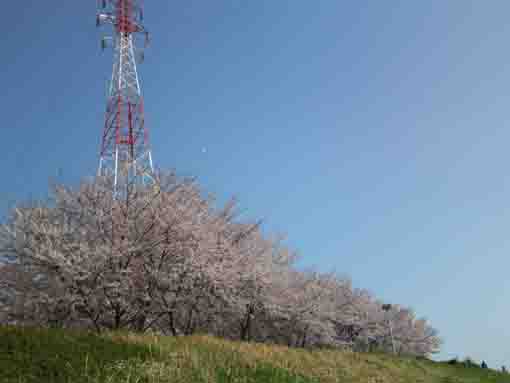
Edogawa River
Kafu often walked on the bank of Edogawa River.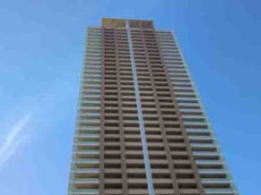
Ichikawa Station
Kafu often ate his dinner at shops near this station.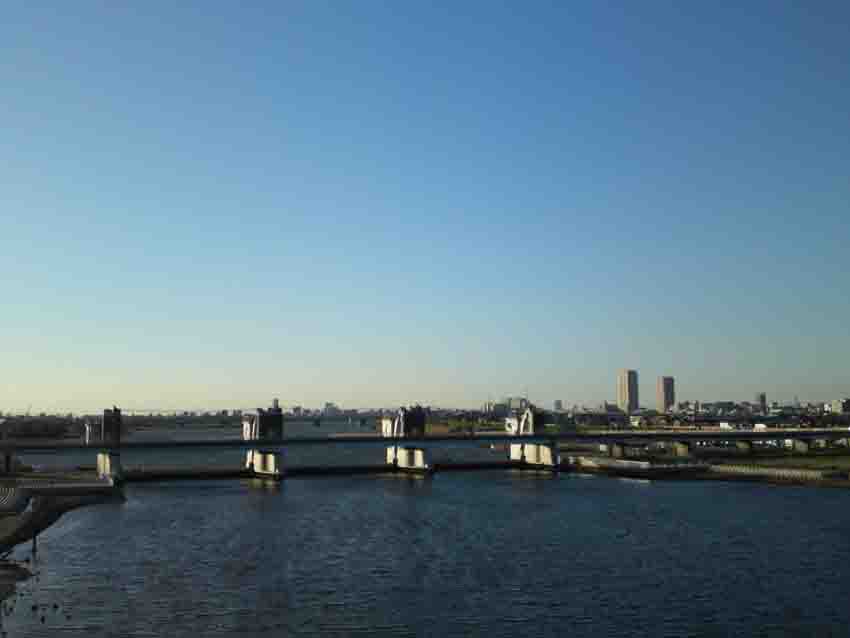
Gyotoku
Kafu went to Gyotoku by bus and described the views of the area.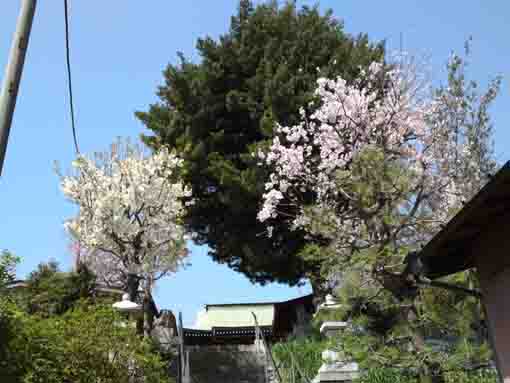
Terauchi Myoken Jinja Shrine
Kafu wrote of this shrine in Febraury 9th of 1946 in his diary.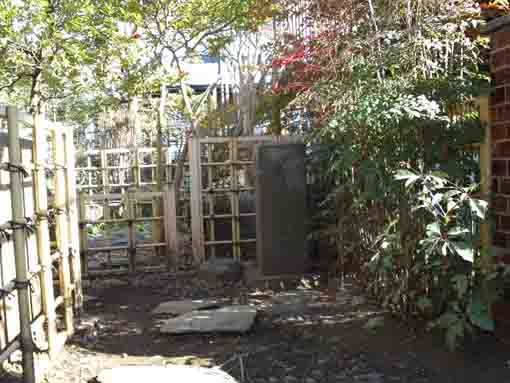
Kazura no I Well
Kafu found and introduced this well in his essay.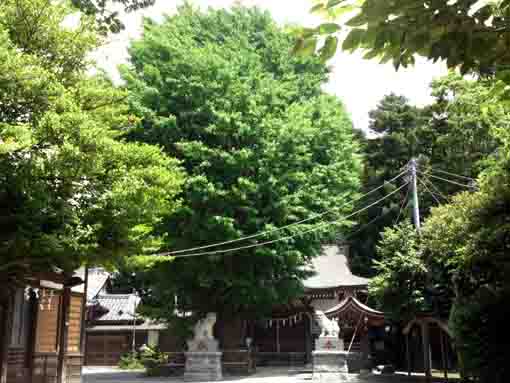
Yasaka Jinja Shrine in Innai
He visited it February 9th of 1947 in his diary.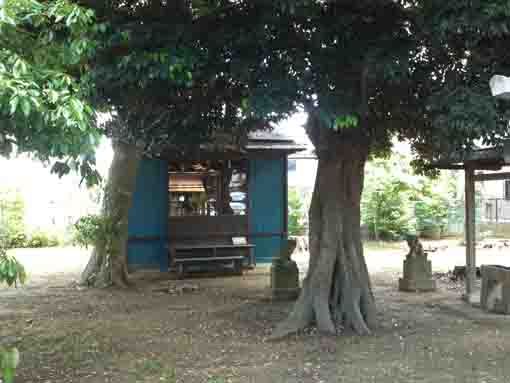
Dairokuten Shrine in Innai
He visited it January 26th of 1947 in his diary.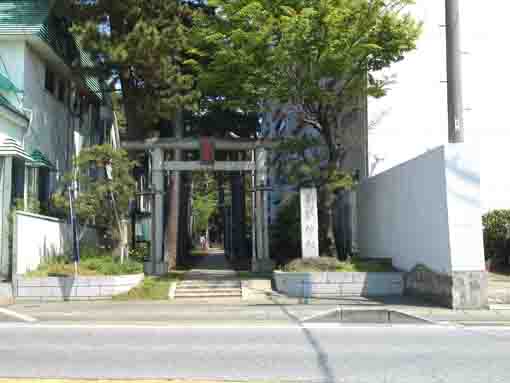
Suwa Jinja Shrine and Hirata Green Zone
He visited it August 3rd of 1946 and this shrine remains the views in his ages.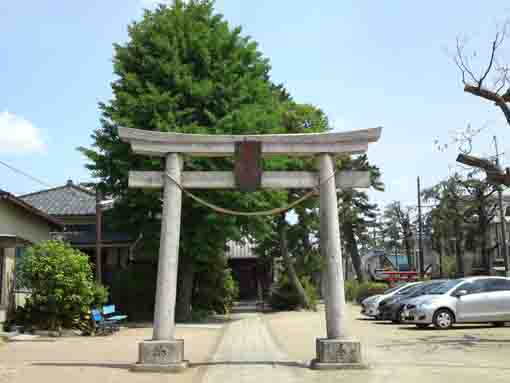
Koroku Jinja Shrine and Black Pine Trees preserved on the path in the residential area in Shinden Ichikawa City.
He visited in October 19th 1947.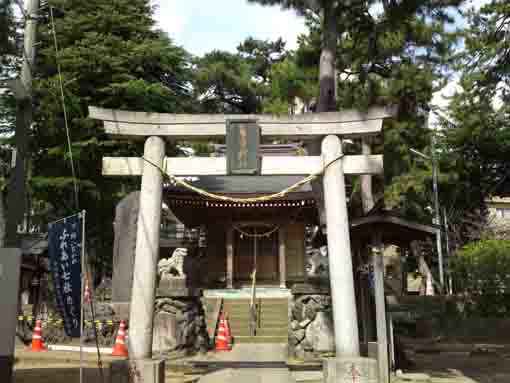
Kasuga Jinja Shrine in Shinden
He was intrested in letters on the flag hung out at its festival.
Myohokkesan Senyoji Temple
It has a tanka poem by Kafu scribed on a stone tablet.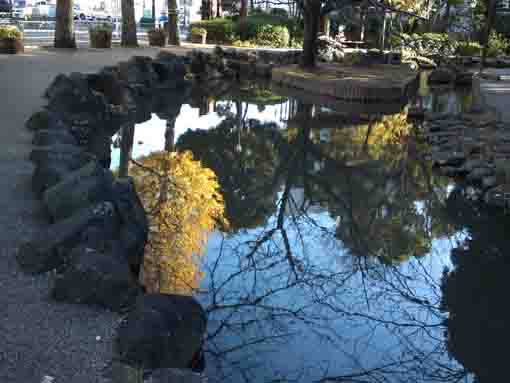
Komatsugawa Sakaigawa Water Park
He often visited the area from 1948 to 1951.- 広告 Advertisement -
